Additional notes (click to expand)
Medicinal
Traditional Herbal Medicine Registration (THMR).
Echinacea preparations are widely advertised as an ‘immune booster’. A substantial body of laboratory work has shown that extracts from the plant can induce ‘activation’ changes in cells of the immune system, although the relevance of these is not clear. In Germany Echinacea extracts are licensed to prevent and treat colds but a review of the many clinical trials in this area by the independent Cochrane team was inconclusive. One of the larger clinical trials of Echinacea was widely reported in the popular press in 2012 as showing benefits, but a close analysis of the data suggests that the trial was flawed with numerous methodological errors precluding a robust assessment of the effects of the plant extracts – reviewed on https://www.nhs.uk/news/lifestyle-and-exercise/echinacea-cold-study-claims-analysed/
GRF December 2018
Karsch-Völk M et al. Echinacea for preventing and treating the common cold. Cochrane Database Syst Rev. 2014 Feb 20;(2):CD000530. doi: 10.1002/14651858.CD000530.pub3
The full patient information leaflet from the Traditional Herbal Medicine Registration authority can be found at https://www.medicines.org.uk/emc/product/9539/pil and should be read by all interested in the use of this plant.
Nomenclature
Originally described by Linnaeus as Rudbeckia purpurea in 1753, (previously Chrysanthemum americanum and Dracunculus virginianus and Aconitum helianthemum canadense (latter the earliest reference by Cornut in 1635)). It was changed to Echinacea by Moench in 1794 so early searches of historic use need to include these earlier names.
Linnaeus, Carl.(1753). Species Plantarum page 907
Other use
Echinacea purpurea (L.) Moench Asteraceae. Coneflower. Distribution: North America. Austin (2004) records that the roots were chewed, or used as a tincture for coughs by the Choctaw. Combined with Rhus typhina to treat venereal disease by the Delaware. Very little record of this being used by Native Americans, who used E. angustifolia very widely - Regarded as a panacea and magical herb. This and E. pallida were used to treat snakebite, spider bite, cancer, toothache, burns, sores, wounds, flu and colds. E. purpurea in modern times has been used as an ‘immunostimulant’, but is known to cause a fall in white cell count, and to be purely a placebo. Licensed for use as a Traditional Herbal Medicine, which does not require proof of efficacy, in the UK.
Oakeley, Dr. Henry F. (2013). Wellcome Library notes.
link
relief of cold/flu symptoms. Licensed for use as a Traditional Herbal Medicine, which does not require proof of efficacy, in the UK.
Medicines and Health Care Regulatory Authority, 2013 Licensed Traditional Herbal Remedies
Toxicity
Side effects/precautions: Hypersensitivity; do not use with progressive systemic diseases, immunodeficiencies, immunosuppression, disease of white blood cell system, allergic diathesis; do not take with immunosuppressant medications. Do not use if pregnant/breast feeding, in cases of progressive systematic disorders, autoimmune diseases, immunodeficiencies, risk of anaphylactic reactions in atopic patients; risk of hypersensitivity reactions (inc. Stevens-Johnson Syndroms, angioedema of the skin, Quincke edema, bronchospasm etc). Leucopenia with long-term use.
From patient information leaflet in preparations licensed as traditional herbal medicines in the UK
Medicines and Health Care Regulatory Authority, 2013 Licensed Traditional Herbal Remedies https://www.medicines.org.uk/emc/product/9539/pil
The full patient information leaflet from the Traditional Herbal Medicine Registration authority can be found at https://www.medicines.org.uk/emc/product/9539/pil . Extracts concerning toxicity: This medicine is recommended for these conditions based on traditional use only.
*Do not take this medicine for more than 10 days
*If you take this medicine for a long time (more than 8 weeks) you may get: Low white blood cell count which may cause unusual bruising and an increase in the number of infections that you get (e.g. sore throats, mouth ulcers, flu-like symptoms).
Possible side effects
*Allergic reactions such as skin rash (which can sometimes be severe and include peeling and blistering of the skin), swelling of the skin due to fluid, swelling of the facial area, neck, tongue or throat, shrinking of the airway of the lungs with obstruction (bronchospasm), asthma and life-threatening allergic reactions (anaphylactic shock) – seek medical help if severe
Traditional Herbal Medicine Registration, Patient Information leaflets https://www.medicines.org.uk/emc/product/9539/pil
Geographical distribution
- Northern America, North-Central U.S.A.
- Northern America, Northeastern U.S.A.
- Northern America, South-Central U.S.A.
- Northern America, Southeastern U.S.A.
Echinacea purpurea (L.) Moench
Family: ASTERACEAEGenus: Echinacea
Species: purpurea (L.) Moench
Common names: Purple Coneflower
Distribution summary: C. & E. USA
Habit: Perennial
Hardiness: H5 - Hardy; cold winter
Habitat: Plains and prairies
Garden status: Currently grown
Garden location: North America (A), Display bed (R)
Flowering months: July, August
Reason for growing: Medicinal, traditional herbal registration
.jpg)
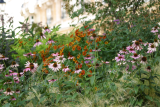
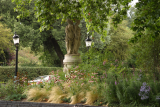
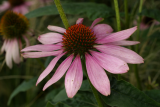
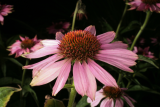
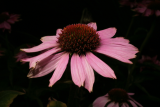
.JPG)
.JPG)
.JPG)
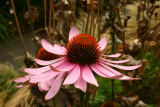
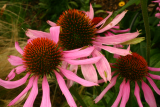
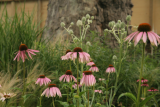
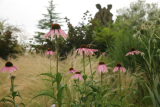

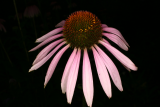
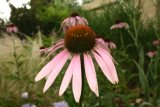
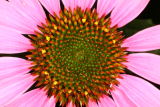
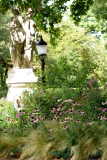
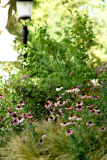
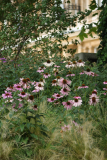
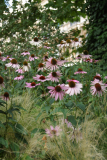
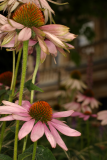
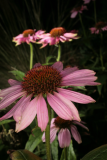
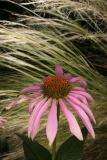
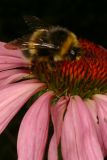
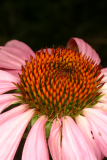
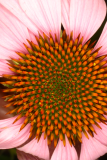
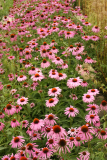
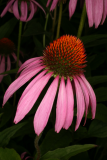
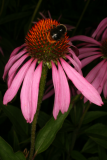
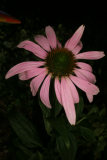
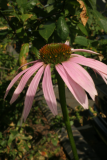
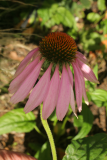
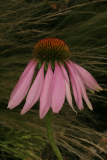
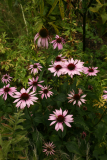
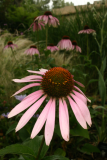

.JPG)
.JPG)
.JPG)
.JPG)
.JPG)